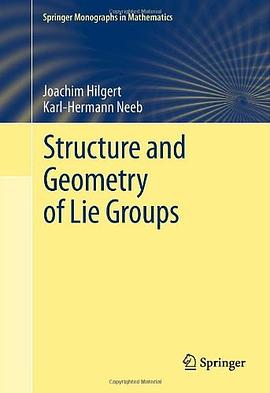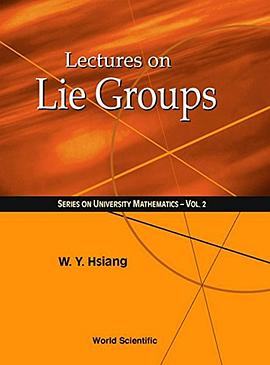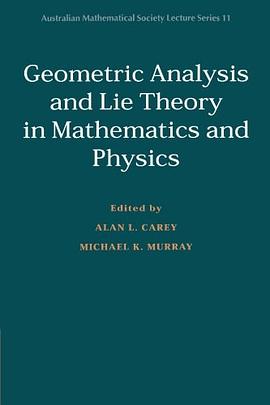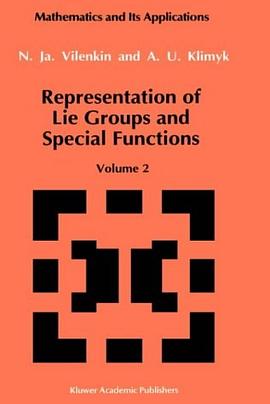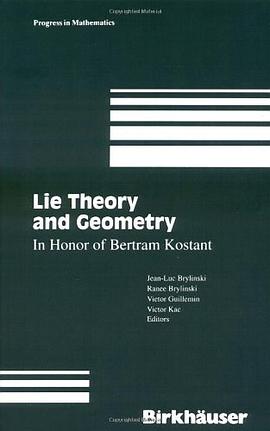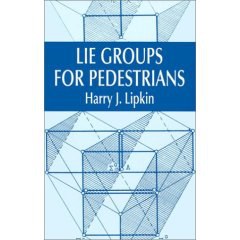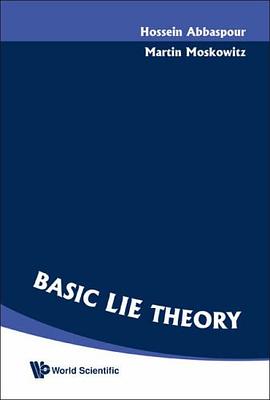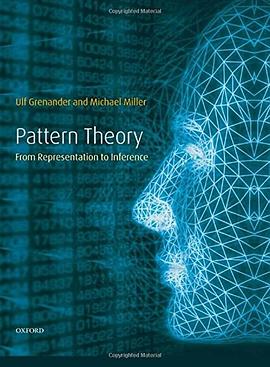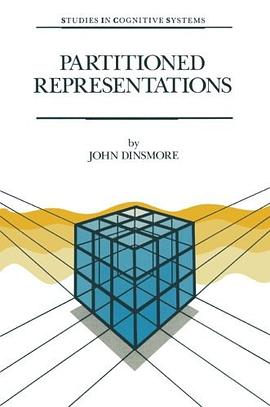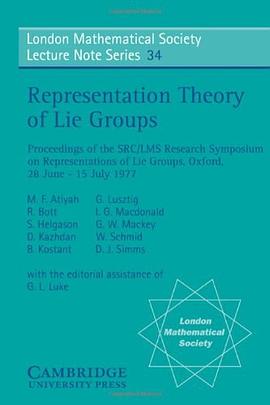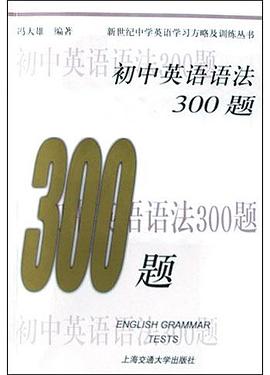Introduction
Chapter 1. General Theorems
1. Lie's and Engel's Theorems
1.1. Lie's Theorem
1.2. Generalizations of Lie's Theorem
1.3. Engel's Theorem and Corollaries to It
1.4. An Analogue of Engel's Theorem in Group Theory
2. The Caftan Criterion
2.1. Invariant Bilinear Forms
2.2. Criteria of Solvability and Semisimplicity
2.3. Factorization into Simple Factors
3. Complete Reducibility of Representations and Triviality of the Cohomology of Semisimple Lie Algebras
3.1. Cohomological Criterion of Complete Reducibility
3.2. The Casimir Operator
3.3. Theorems on the Triviality of Cohomology
3.4. Complete Reducibility of Representations
3.5. Reductive Lie Algebras
4. Levi Decomposition
4.1. Levi's Theorem
4.2. Existence of a Lie Group with a Given Tangent Algebra
4.3. Malcev's Theorem
4.4. Classification of Lie Algebras with a Given Radical
5.Linear Lie Groups
5.1. Basic Notions
5.2. Some Examples
5.3. Ado's Theorem
5.4. Criteria of Linearizability for Lie Groups. Linearizer
5.5. Sufficient Linearizability Conditions
5.6. Structure of Linear Lie Groups
6. Lie Groups and Algebraic Groups
6.1. Complex and Real Algebraic Groups
6.2. Algebraic Subgroups and Subalgebras
6.3. Semisimple and Reductive Algebraic Groups
6.4. Polar Decomposition
6.5. Chevalley Decomposition
7. Complexification and Real Forms
7.1. Complexification and Real Forms of Lie Algebras
7.2. Complexification and Real Forms of Lie Groups
7.3. Universal Complexification of a Lie Group
8. Splittings of Lie Groups and Lie Algebras
8.1. Malcev Splittable Lie Groups and Lie Algebras
8.2. Definition of Splittings of Lie Groups and Lie Algebras
8.3. Theorem on the Existence and Uniqueness of Splittings
9. Caftan Subalgebras and Subgroups. Weights and Roots
9.1. Representations of Nilpotent Lie Algebras
9.2. Weights and Roots with Respect to a Nilpotent Subalgebra
9.3. Caftan Subalgebras
9.4. Caftan Subalgebras and Root Decompositions of Semisimple Lie Algebras
9.5. Caftan Subgroups
Chapter 2. Solvable Lie Groups and Lie Algebras
1. Examples
2. Triangular Lie Groups and Lie Algebras
3. Topology of Solvable Lie Groups and Their Subgroups
3.1. Canonical Coordinates
3.2. Topology of Solvable Lie Groups
3.3. Aspherical Lie Groups
3.4. Topology of Subgroups of Solvable Lie Groups
4. Nilpotent Lie Groups and Lie Algebras
4.1. Definitions and Examples
4.2. Malcev Coordinates
4.3. Cohomology and Outer Automorphisms
5. Nilpotent Radicals in Lie Algebras and Lie Groups
5.1. Nilradical
5.2. Nilpotent Radical
5.3. Unipotent Radical
6. Some Classes of Solvable Lie Groups and Lie Algebras
6.1. Characteristically Nilpotent Lie Algebras
6.2. Filiform Lie Algebras
6.3. Nilpotent Lie Algebras of Class 2
6.4. Exponential Lie Groups and Lie Algebras
6.5. Lie Algebras and Lie Groups of Type (I)
7. Linearizability Criterion for Solvable Lie Groups
Chapter 3. Complex Semisimple Lie Groups and Lie Algebras
1. Root Systems
1.1. Abstract Root Systems
1.2. Root Systems of Reductive Groups
1.3. Root Decompositions and Root Systems for Classical Complex Lie Algebras
1.4. Weyl Chambers and Simple Roots
1.5. Borel Subgroups and Subalgebras
1.6. The Weyl Group
1.7. The Dynkin Diagram and the Cartan Matrix
1.8. Classification of Admissible Systems of Vectors and Root Systems
1.9. Root and Weight Lattices
1.10. Chevalley Basis
2. Classification of Complex Semisimple Lie Groups and Their Linear Representations
2.1. Uniqueness Theorems for Lie Algebras
2.2. Uniqueness Theorem for Linear Representations
2.3. Existence Theorems
2.4. Global Structure of Connected Semisimple Lie Groups
2.5. Classification of Connected Semisimple Lie Groups
2.6. Linear Representations of Connected Reductive Algebraic Groups
2.7. Dual Representations and Bilinear Invariants
2.8. The Kernel and the Image of a Locally Faithful Linear Representation
2.9. The Casimir Operator and Dynkin Index
2.10. Spinor Group and Spinor Representation
3. Automorphisms and Gradings
3.1. Description of the Group of Automorphisms
3.2. Quasitori of Automorphisms and Gradings
3.3. Homogeneous Semisimple and Nilpotent Elements
3.4. Fixed Points of Automorphisms
3.5. One-dimensional Tori of Automorphisms and Z-gradings
3.6. Canonical Form of an Inner Semisimple Automorphism
3.7. Inner Automorphisms of Finite Order and Zm-gradings of Inner Type
3.8. Quasitorus Associated with a Component of the Group of Automorphisms
3.9. Generalized Root Decomposition
3.10. Canonical Form of an Outer Semisimple Automorphism
3.11. Outer Automorphisms of Finite Order and Zm-gradings of Outer Type
3.12. Jordan Gradings of Classical Lie Algebras
3.13. Jordan Gradings of Exceptional Lie Algebras
Chapter 4. Real Semisimple Lie Groups and Lie Algebras
1. Classification of Real Semisimple Lie Algebras
1.1. Real Forms of Classical Lie Groups and Lie Algebras
1.2. Compact Real Form
1.3. Real Forms and Involutory Automorphisms
1.4. Involutory Automorphisms of Complex Simple Algebras
1.5. Classification of Real Simple Lie Algebras
2. Compact Lie Groups and Complex Reductive Groups
2.1. Some Properties of Linear Representations of Compact Lie Groups
2.2. Selfoadjointness of Reductive Algebraic Groups
2.3. Algebralcity of a Compact Lie Group
2.4. Some Properties of Extensions of Compact Lie Groups
2.5. Correspondence Between Real Compact and Complex Reductive Lie Groups
2.6. Maximal Tori in Compact Lie Groups
3. Cartan Decomposition
3.1. Cartan Decomposition of a Semisimple Lie Algebra
3.2. Caftan Decomposition of a Semisimple Lie Group
3.3. Conjugacy of Maximal Compact Subgroups of Semisimple Lie Groups
3.4. Topological Structure of Lie Groups
3.5. Classification of Connected Semisimple Lie Groups
3.6. Linearizer of a Semisimple Lie Group
4. Real Root Decomposition
4.1. Maximal R-Diagonalizable Subalgebras
4.2. Real Root Systems
4.3. Satake Diagrams
4.4. Split Real Semisimple Lie Algebras
4.5. Iwasawa Decomposition
4.6. Maximal Connected Triangular Subgroups
4.7. Cartan Subalgebras of a Real Semisimple Lie Algebra
5. Exponential Mapping for Semisimple Lie Groups
5.1. Image of the Exponential Mapping
5.2. Index of an Element of a Lie Group
5.3. Indices of Simple Lie Groups
Chapter 5. Models of Exceptional Lie Algebras
1. Models Associated with the Cayley Algebra
1.1, Cayley Algebra
1.2. The Algebra G2
1.3. Exceptional Jordan Algebra
1.4. The Algebra F4
1.5. The Algebra E6
1.6. The Algebra E7
1.7. Unified Construction of Exceptional Lie Algebras
2. Models Associated with Gradings
Chapter 6. Subgroups and Subalgebras of Semisimple Lie Groups and Lie Algebras
1. Regular Subalgebras and Subgroups
1.1. Regular Subalgebras of Complex Semisimple Lie Algebras
1.2. Description of Semisimple and Reductive Regular Subalgebras
1.3. Parabolic Subalgebras and Subgroups
1.4. Examples of Parabolic Subgroups and Flag Manifolds
1.5. Parabolic Subalgebras of Real Semisimple Lie Algebras
1.6. Nonsemisimple Maximal Subalgebras
2. Three-dimensional Simple Subalgebras and Nilpotent Elements
2.1. s2-triples
2.2. Three-dimensional Simple Subalgebras of Classical Simple Lie Algebras
2.3. Principal and Semiprincipal Three-dimensional Simple Subalgebras
2.4. Minimal Ambient Regular Subalgebras
2.5. Minimal Ambient Complete Regular Subalgebras
3. Semisimple Subalgebras and Subgroups
3.1. Semisimple Subgroups of Complex Classical Groups
3.2. Maximal Connected Subgroups of Complex Classical Groups
3.3. Semisimple Subalgebras of Exceptional Complex Lie Algebras
3.4. Semisimple Subalgebras of Real Semisimple Lie Algebras
Chapter 7. On the Classification of Arbitrary Lie Groups and Lie Algebras of a Given Dimension
1. Classification of Lie Groups and Lie Algebras of Small Dimension
1.1. Lie Algebras of Small1 Dimension
1.2. Connected Lie Groups of Dimension < 3
2. The Space of Lie Algebras. Deformations and Contractions
2.1. The Space of Lie Algebras
2.2. Orbits of the Action of the Group G閚(k) on
2.3. Deformations of Lie Algebras
2.4. Rigid Lie Algebras
2.5. Contractions of Lie Algebras
2.6. Spaces 閚(k) for Small n
Tables
References
Author Index
Subject Index
· · · · · · (
收起)

 Structure and Geometry of Lie Groups pdf epub mobi txt 電子書 下載
Structure and Geometry of Lie Groups pdf epub mobi txt 電子書 下載 Lectures on Lie Groups pdf epub mobi txt 電子書 下載
Lectures on Lie Groups pdf epub mobi txt 電子書 下載 Representation of Lie Groups and Special Functions pdf epub mobi txt 電子書 下載
Representation of Lie Groups and Special Functions pdf epub mobi txt 電子書 下載 Geometric Analysis and Lie Theory in Mathematics and Physics pdf epub mobi txt 電子書 下載
Geometric Analysis and Lie Theory in Mathematics and Physics pdf epub mobi txt 電子書 下載 Representation of Lie Groups and Special Functions pdf epub mobi txt 電子書 下載
Representation of Lie Groups and Special Functions pdf epub mobi txt 電子書 下載 Lie Theory and Geometry pdf epub mobi txt 電子書 下載
Lie Theory and Geometry pdf epub mobi txt 電子書 下載 Lie Groups for Pedestrians pdf epub mobi txt 電子書 下載
Lie Groups for Pedestrians pdf epub mobi txt 電子書 下載 Lie Theory pdf epub mobi txt 電子書 下載
Lie Theory pdf epub mobi txt 電子書 下載 Basic Lie Theory pdf epub mobi txt 電子書 下載
Basic Lie Theory pdf epub mobi txt 電子書 下載 Lie Groups pdf epub mobi txt 電子書 下載
Lie Groups pdf epub mobi txt 電子書 下載 A LIE OF THE MIND. pdf epub mobi txt 電子書 下載
A LIE OF THE MIND. pdf epub mobi txt 電子書 下載 傢居空間手繪設計創意詳解 pdf epub mobi txt 電子書 下載
傢居空間手繪設計創意詳解 pdf epub mobi txt 電子書 下載 Pattern Theory pdf epub mobi txt 電子書 下載
Pattern Theory pdf epub mobi txt 電子書 下載 Partitioned Representations pdf epub mobi txt 電子書 下載
Partitioned Representations pdf epub mobi txt 電子書 下載 Plans, Elevations, Sections, and Details of the Alhambra, from Drawings Taken on the Spot in 1834 by pdf epub mobi txt 電子書 下載
Plans, Elevations, Sections, and Details of the Alhambra, from Drawings Taken on the Spot in 1834 by pdf epub mobi txt 電子書 下載 Representation Theory of Lie Groups pdf epub mobi txt 電子書 下載
Representation Theory of Lie Groups pdf epub mobi txt 電子書 下載 故事Party(第1輯) pdf epub mobi txt 電子書 下載
故事Party(第1輯) pdf epub mobi txt 電子書 下載 初中英語語法300題 pdf epub mobi txt 電子書 下載
初中英語語法300題 pdf epub mobi txt 電子書 下載 文言文閱讀初階 pdf epub mobi txt 電子書 下載
文言文閱讀初階 pdf epub mobi txt 電子書 下載 初中語文閱讀理解題王 pdf epub mobi txt 電子書 下載
初中語文閱讀理解題王 pdf epub mobi txt 電子書 下載






